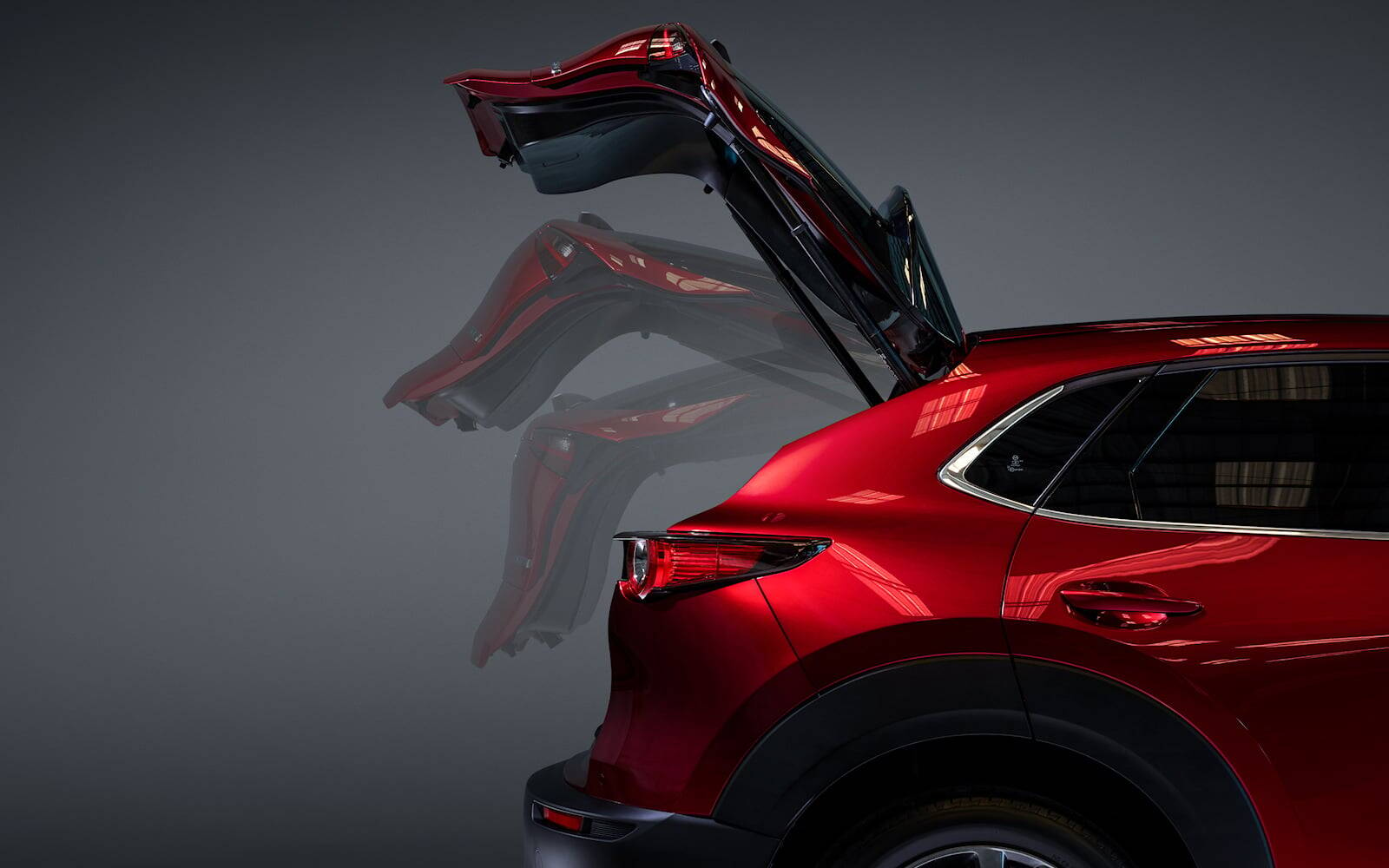Mazda’s Two-Speed Liftgate is an Idea We Like


A big reason why SUVs and crossovers are so popular nowadays is because they’re more practical than sedans equipped with a conventional trunk. Their liftgate creates a large opening and allows convenient access to the cargo area.
To make things even easier, most automakers are offering hands-free liftgates that automatically open or close when pressing a button or sweeping one’s foot under the rear bumper. Alas, in some cases, the operation is annoyingly slow.
Read also
- GM's Multi-Purpose Tailgate: How Does It Work?
- Patent Filings Confirm Ford’s Upcoming Multi-Function Tailgate
Mazda has found a solution: a two-speed liftgate. The Japanese company recently filed a patent application in the U.S., as first uncovered by CarBuzz.

From what we understand, the system would detect the proximity of the key to the vehicle and decide at which speed to open or close the liftgate.
Thus, when standing close enough to the vehicle, the liftgate would operate at a speed of 30-40 cm per second. However, from a farther distance, it would move at about 45-55 cm per second, making it up to 50 percent faster.
Now, what would happen if another person who doesn’t have the key approaches the liftgate? Mazda has thought about that and the answer would be incorporating a motion detector or camera to either slow down or stop the liftgate. There could be other benefits, too, like automatically adjusting the height of the hatch to prevent contacts with an obstacle inside a garage or an underground parking lot.

As far as we’re concerned, this is a good idea. Same thing for the sliding rear hatch envisioned by Hyundai and Kia earlier this year. Taking a page from minivans with their sliding side doors, the two Korean companies filed a patent application for a liftgate that would be mounted on tracks and slide onto the roof instead of flipping upward using a set of hinges.
Will any of these systems ever be found on a production vehicle? Don’t hold your breath, but it could happen in the not so distant future.








